Device Materials Science in Low Dimensional Systems
Two-dimensional (2D) Materials / Van der Waals Heterostructures / Van der Waals Epitaxy
Since the discovery of graphene in 2004, especially in 2010s, 2D materials such as transition metal dichalcogenides(TMDs) (e.g. MoS2) and black phosphorus, which can be readily exfoliated into 2D atomic layers with their thickness less than 10 nm by Scotch tape method, although they are originally 3D layered materials, are enthusiastically studied. These 2D materials exhibit many kinds of unprecedented physical properties and functionalities, in its 2D. In our research group, we are not only searching for novel 2D materials by exfoliation, but also pursuing physical properties and functionalities by developing large-area growth by molecular beam epitaxy, fabricating Van der Waals heterostructures, and using the interface between ionic liquid and the materials.

Y. J. Zhang et al., Nano letter 13, 3023 (2013)
Y. Saito et al., ACS Nano 9, 3192 (2015)
M. Nakano, Y. Wang et al., Nano Letters 17, 5595 (2017)
Valley-dependent Phenomena
Electronics essential to our society, controls various devices using only charge as the degree of freedom. Recently, there has been considerable interest in “valleytronics”, which is the new challenge integrating “valleys”, a quantum mechanical degree of freedom, into electronics. Valley degree of freedom is available when the multi and equal bottoms of conduction bands can be geometrically distinguished. Since it couples with spin degree of freedom through the spin-orbit interaction, new quantum phenomena and devices are expected.

Nonreciprocal Transport Phenomena
In the 2D materials which consist of atomic layers (e.g. graphene and TMDs), unique phenomena such as quantum Hall effect and superconductivity, etc. are observed. These phenomena are attracting much attention as a stage of exotic quantum transport phenomena owing to breaking of inversion symmetry, which derives from the edge and interface of materials and the crystal structure. In our research group, we focus on nonreciprocal transport phenomena and observe it in materials without inversion symmetry, elucidating nonlinear transport phenomena in materials without inversion symmetry.
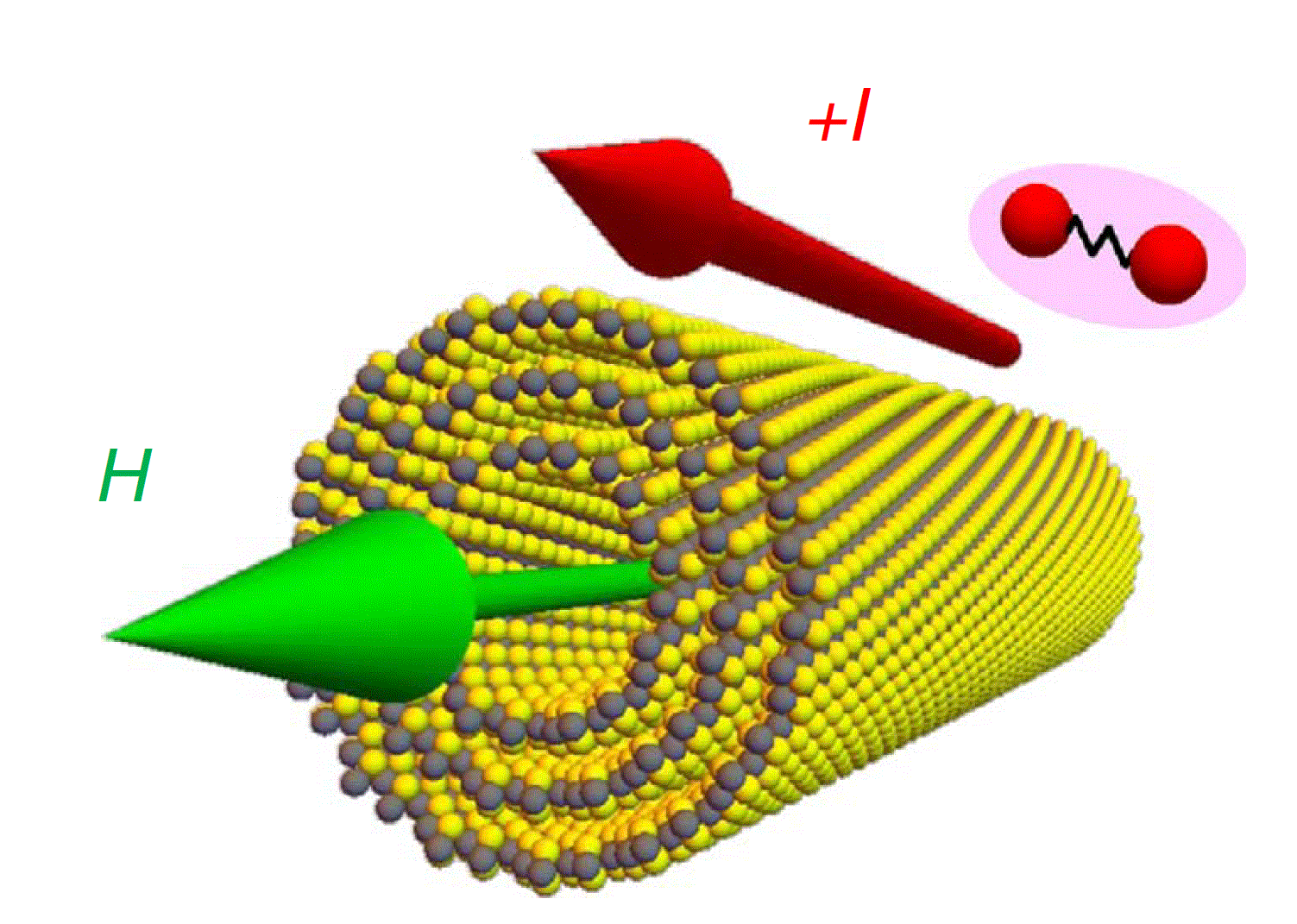
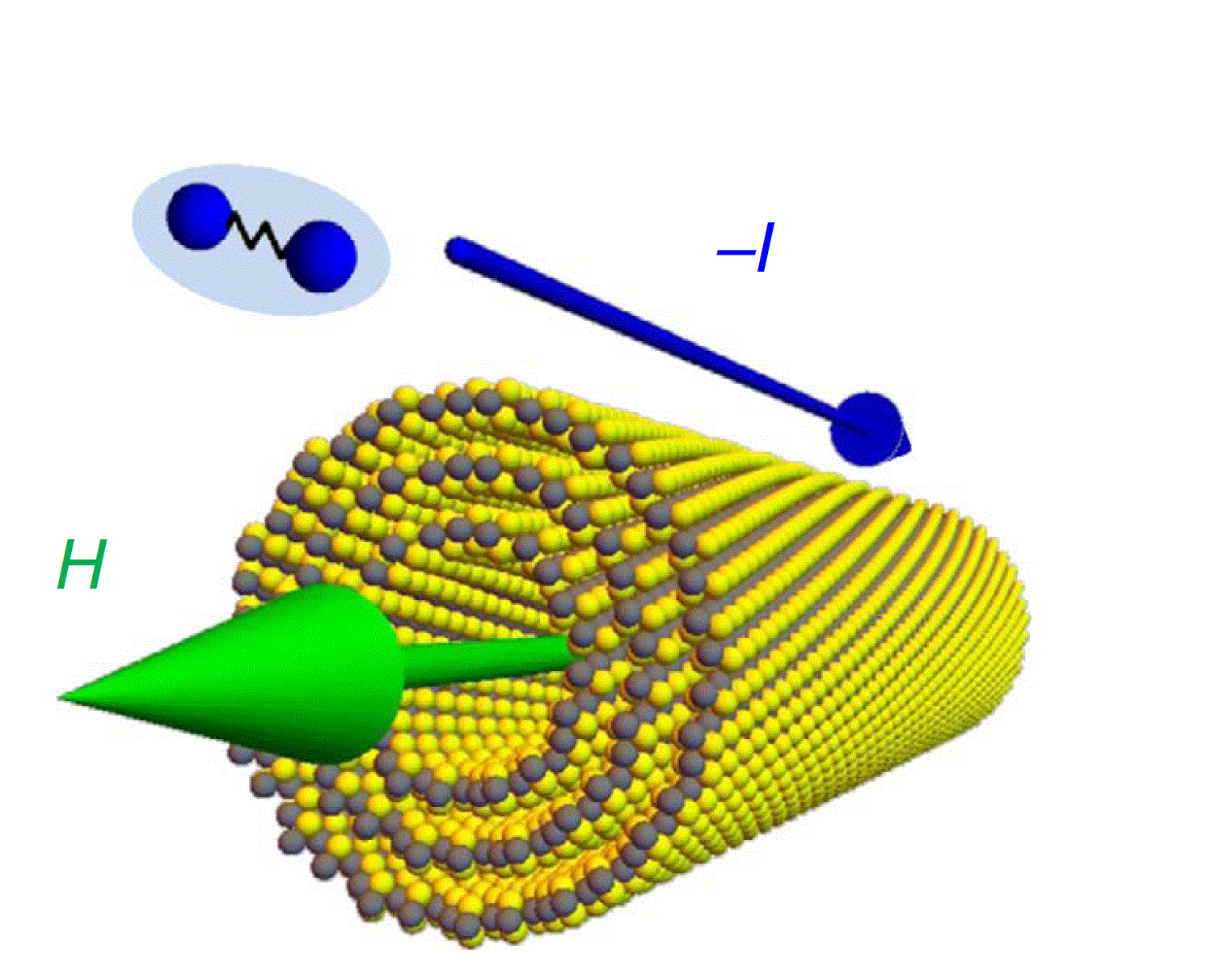
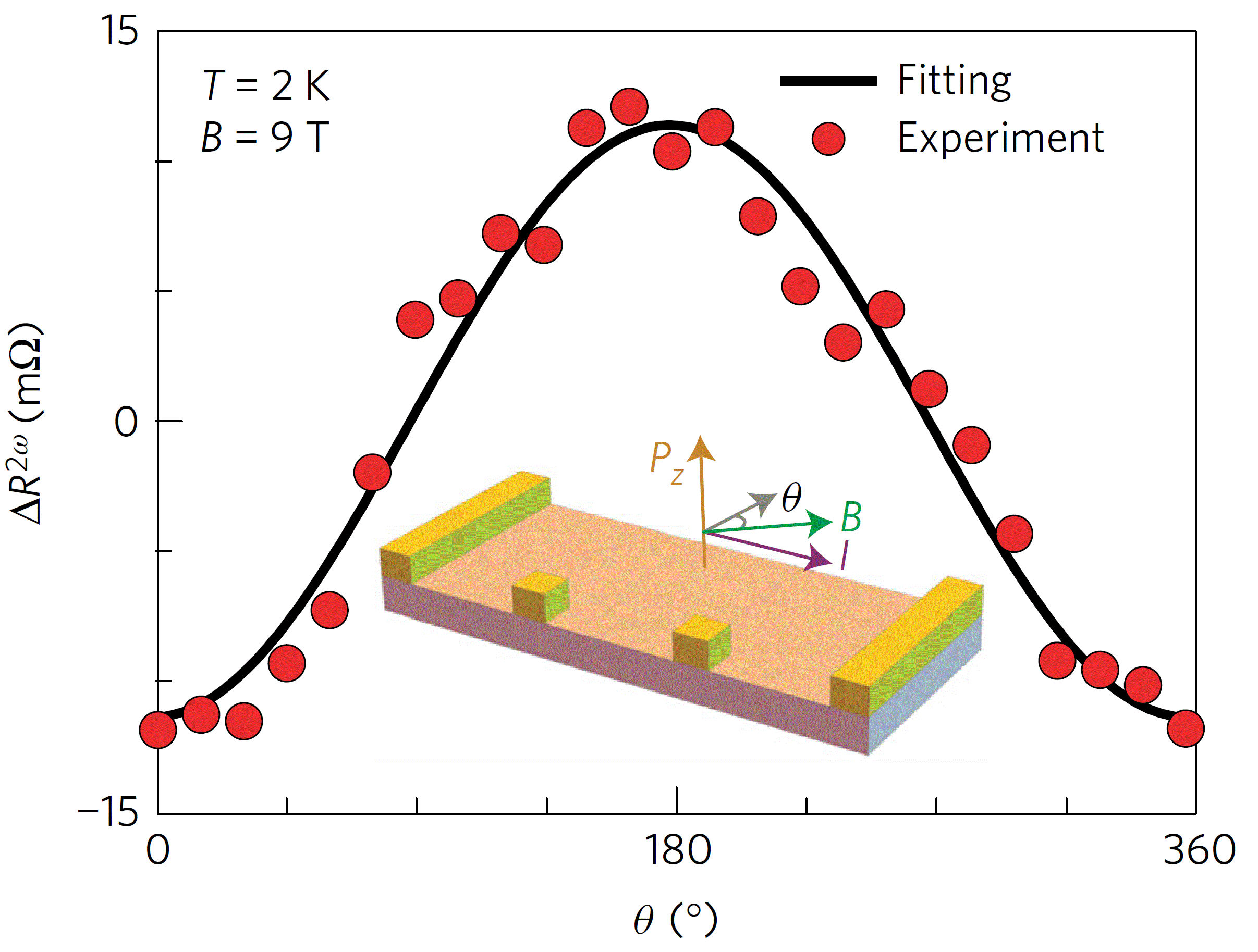
Gate-induced Superconductivity
Gate-induced superconductivity, which is induced on the surface of semiconductor due to carrier concentration by electric-field effect, emerges at solid/liquid interface. Because of them, broken inversion symmetry on interface and with electric field, 2D superconductivity, etc. are realized, and uncommon superconducting state related to them is anticipated. We are going to understand and control superconductivity through investigating detail properties of Gate-induced superconductivity by measuring upper critical field and temperature dependence of penetration depth, etc.

Y. Saito et al., Science 350, 409 (2015)
Y. Saito et al., Nature Physics 12, 114 (2016)
Quantum Phase Transitions
Strongly correlated metals exhibit various electronic phases such as superconductivity, magnetism and ferroelectricity. A lot of effort has been made to control these quantum states by means of chemical substitution, pressurization and so on. We instead apply the field effect transistor principle, specifically EDLT technique, to correlated materials in order to realize emergent quantum phases.
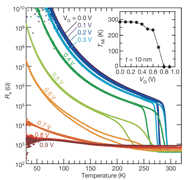

M. Yoshida et al., Scientific Reports 4, 7302 (2014)
M. Nakano et al., Adv. Electron. Mater. 1, 1500093 (2015)
M. Yoshida et al., Science Advances 1, e1500606 (2015)
M. Yoshida et al., Phys. Rev. B 95, 121405(R) (2017)
M. Yoshida et al., Nano Letters 17, 5567-5571 (2017)
Control of Thermoelectric Power
One of the most effective method of enhancing the thermoelectric effect is to increase the density of states around Fermi level by means of lowering dimensionalities. In our research group, we control carrier density in the interface between ionic liquid and materials such as oxides, TMDs and black phosphorus by ionic liquid gating, controlling the thermoelectric effect.

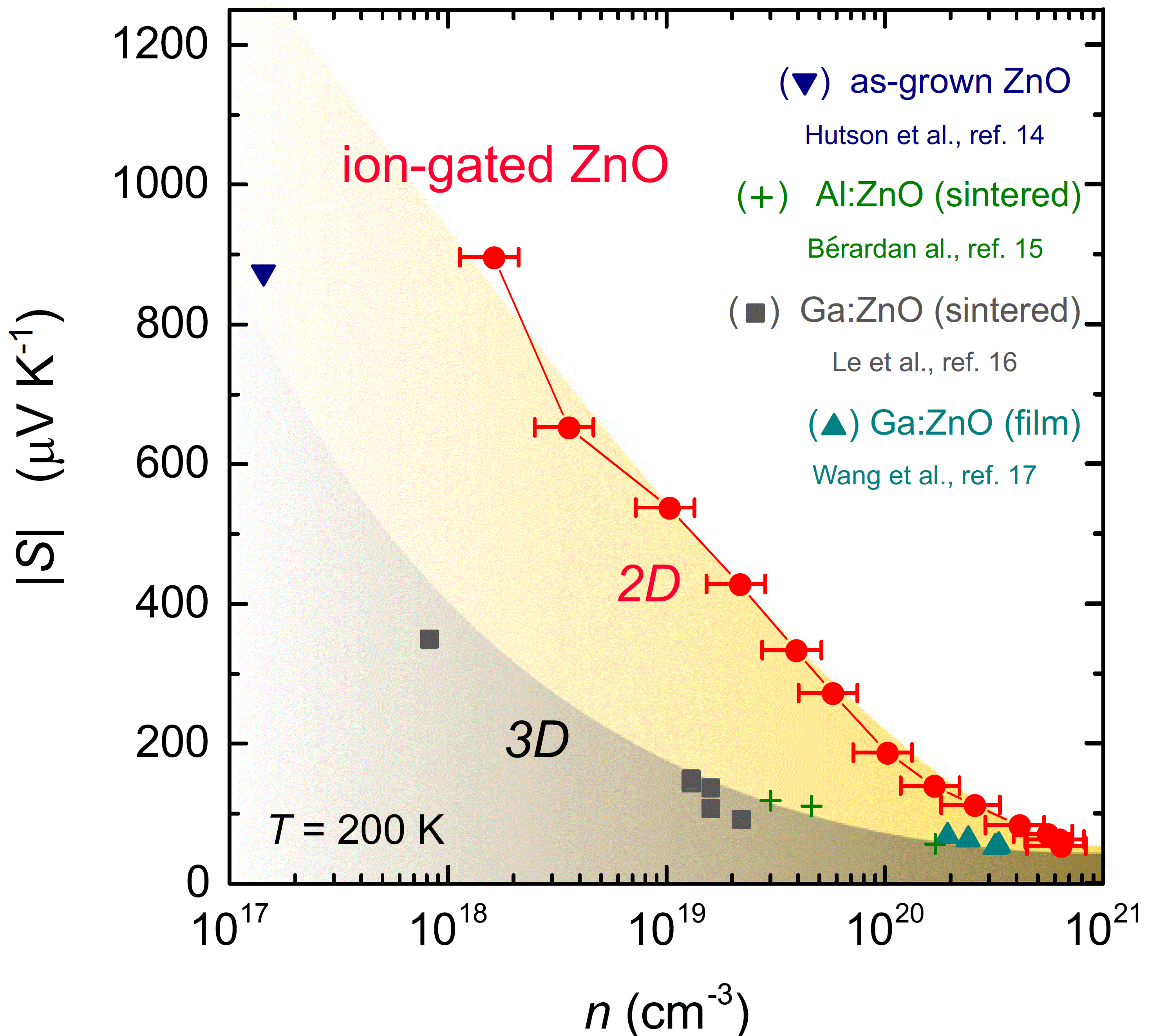
S. Shimizu et al., PNAS 113, 6438 (2016)
S. Shimizu et al., Small 12, 3388 (2016)
M. Yoshida, T. Iizuka et al., Nano Letters 16, 2061 (2016)
Y. Saito, T. Iizuka et al., Nano Letters 16, 4819 (2016)
